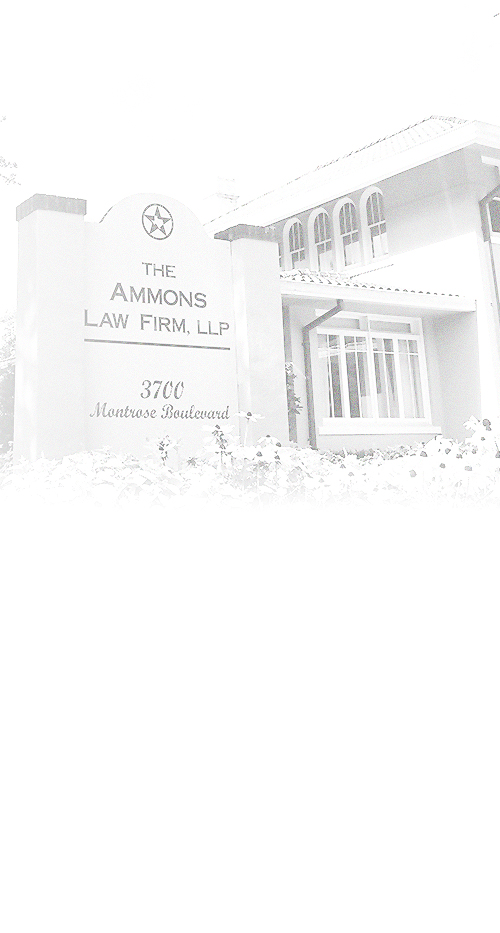Impairment Scale
The American Spinal Cord Injury Association further classifies SCI under the letters A-E.
- A – Complete. No motor or sensory function.
- B – Incomplete. Sensory but no motor function is available.
- C – Incomplete. Motor function is preserved and more than half of key muscles have severely limited use.
- D – Incomplete. Motor function is preserved and more than half of key muscles have basis functionality.
- E – Normal. Sensory and motor functions are functioning normally.
Motor and Sensory Levels
Your spine consists of vertebrae intertwined with nerves that control different bodily functions. An alpha numerical system classifies the specific vertebrae and muscle function affected by the injury.
These are as follows:
- C-1 to C-7 – Cervical Region
- T-1 to T-12 – Thoracic Region
- L-1 to L-5 – Lumbar Region
- S-1 – Sacral Region
Keep in mind that an injury to one area of the spinal cord tends to affect the entire body from that point below. So injuries to the neck-level cervical vertebrae (C-1 to C-7) can be the most dangerous of all. Injuries to the C-4 may result in quadriplegia, or a loss of motor function in the legs and arms. Injuries to the higher up C-1 or C-2 could result in breathing difficulties.
Other Symptoms of Spinal Cord Damage
Paralysis is one of the most prominent and well-known effects of a spinal cord injury. However, spinal cord injury goes beyond loss of motor function. It can cause several other complications and problems in the human body.
Autonomic Dysreflexia (“Hyperreflexia”)
The spinal cord is the main conduit in which nerves use to pass information from the brain to various parts of the body. When a part of the body below the level of injury experiences pain, it is unable to communicate this to the brain. The blood vessels tighten reflexively, causing the blood pressure to rise. Left uncontrolled, Autonomic Dysreflexia can lead to stroke, seizure, or death.
Bowel & Bladder Complications
The nerves located sacral portion of the spine helps regulate bowel and bladder function. These nerves are located at the very base of the spine and affect most spinal cord injuries. Unless carefully regulated, this can result in flaccid bladder, where the bladder functions sluggishly, or spastic bladder, where the bladder constantly empties itself.
Hemorrhoids, constipation, rectal bleeding, and impaction can also affect a person with paralysis. Medication, a well balanced diet, and regular bowel routines are vital to maintaining a healthy system. In the most extreme cases, surgery may be required to regulate bowel and bladder problems.
Deep Vein Thrombosis
This condition refers to blood clots in critical veins and arteries. Patients with paralysis in the arms or legs are especially at risk for deep vein thrombosis. This blood clot is caused by immobility, low blood pressure, and trauma to skin tissue.
Warning signs of deep thrombosis include swollen limbs and veins, skin problems, and extreme discomfort. Treatment includes medication, special compression stockings, and surgery (in the most serious cases). Left unchecked, deep vein thrombosis greatly increases the risk of stroke, heart attack, and pulmonary embolism (blockage of the lung’s main artery).
Osteoporosis
Through inactivity and lack of regular exercise, the body’s bones grow weak. The bones lose vital calcium and phosphorus over time, making them unable to bear weight. Most people with paralysis from spinal cord injuries lose bone density and develop osteoporosis. While there is no way to reverse osteoporosis, medication and specially designed physical therapy can help stimulate bone movement, helping the patient maintain healthy bones.
Pressure Sores
These sores are the result of excessive pressure on the back and lower body. Patients with especially limiting forms of paralysis are unable to move. After a spinal cord injury, the pattern of blood supply also shifts. Without proper care, the skin loses its elasticity and muscle tone. The body grows unable to withstand pressure of sitting or lying.
Because the spinal cord injury disrupts the body sending a message to the brain to move, the condition may worsen. Skin may deaden, grow infected, and rupture, resulting in a pressure sore. This condition is combated by special pressure-reducing seats, medication, and physical therapy.
Respiratory Problems
Spinal cord injuries that are located in the cervical vertebrae (C-4 or higher) often result in respiratory complications. The nerve pairs located in these segments have additional control of respiratory function. They help regulate the neck muscles, abdominal muscles, diaphragm muscles, and the intercostals muscles. In severe cases, a ventilator may be required to help assist breathing. Additional complications include pneumonia, atelectasis (lung collapse), pulmonary embolism (blood clot in the lungs), diseases of pulmonary circulation, and sleep apnea.
Spasticity
This condition is common after a paralyzing spinal cord injury. The spinal cord is responsible for regulating automatic body functions, such as reflexes. After an SCI, the signal that results in a muscle reflex is blocked. The body, however, still is stimulated to contract. Without regulation from the brain, this contraction is often an exaggerated motion, called a spasm.
These spasms can occur without warning and are exacerbated by skin conditions and other bodily infections. Regular muscle stimulation through physical therapy, along with medications, can help lessen these spasms.
Sexual Function
A spinal cord injury can affect the sexual function of both men and, in smaller cases, women. While women generally have no fertility issues, they are equally susceptible to anxiety and depression. There are many support groups, medical specialists, and even prescription drugs that help counter the mental and physical roadblocks towards sex.
On a biological level, the brain sends a signal to the sexual organs indicating arousal. This signal is sent through the spinal cord. If damaged, this signal will not reach the lower extremities. In men, this may lead to erectile dysfunction. Men who want to father children often have no choice but to pursue fertility treatments.
Your initial consultation with The Ammons Law Firm is free. Call us at (281) 801-5617 to get started.





 Let The Ammons Law Firm help you.
Let The Ammons Law Firm help you. 


















